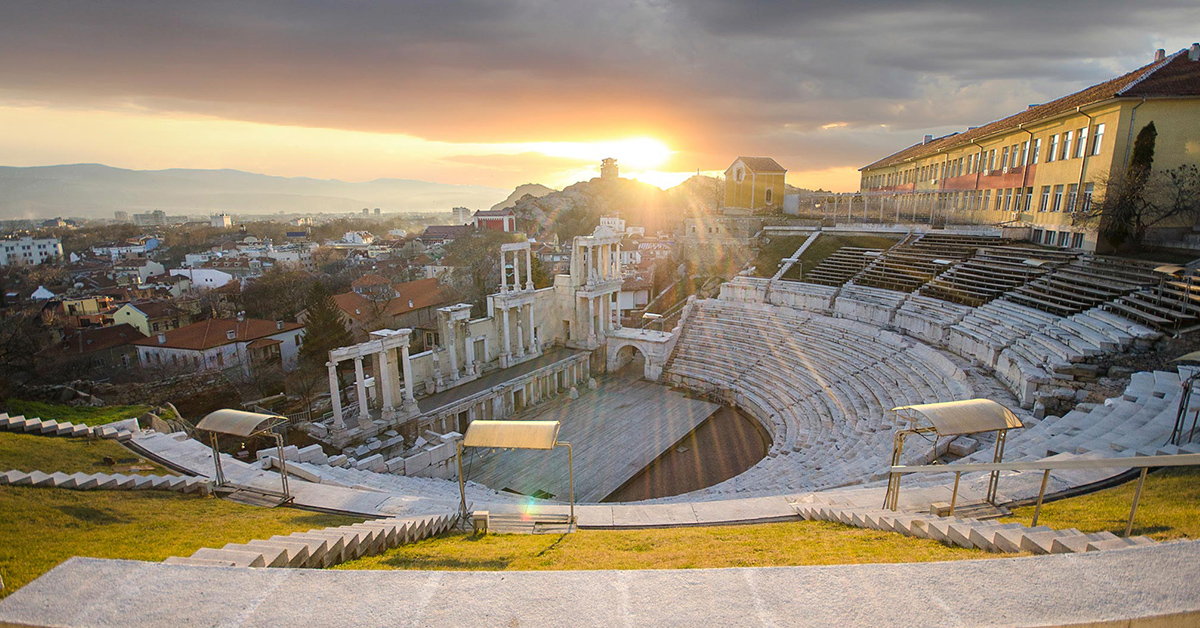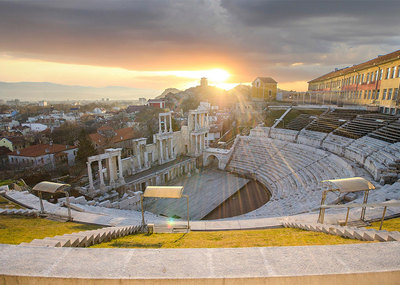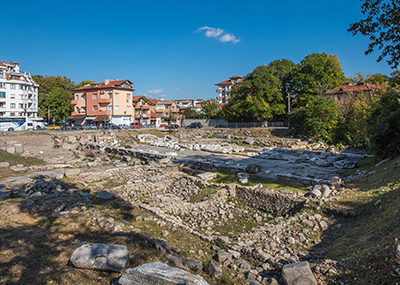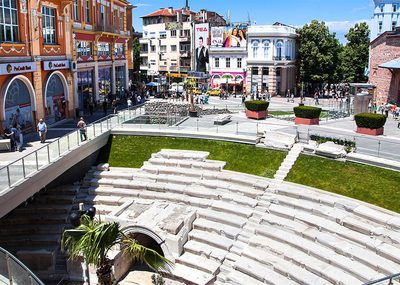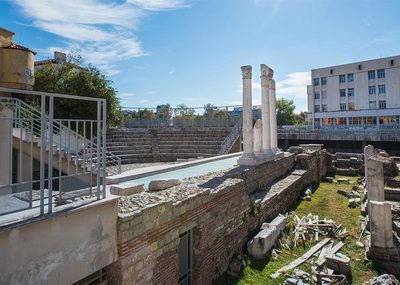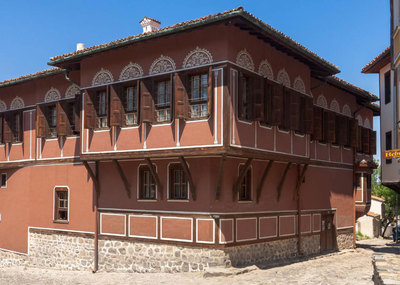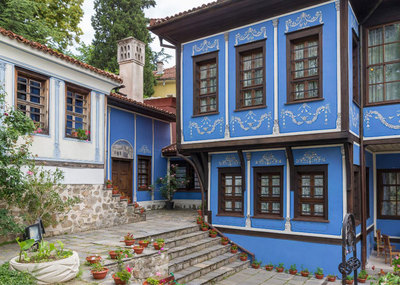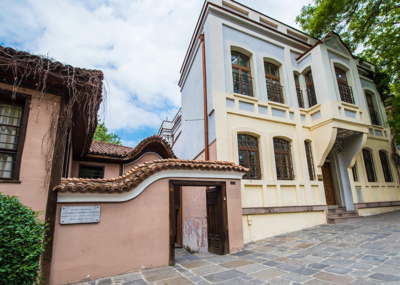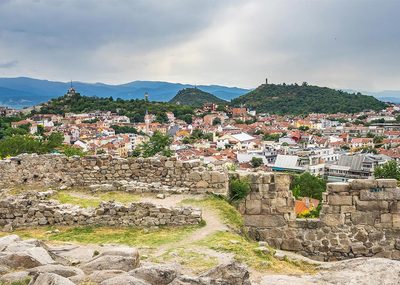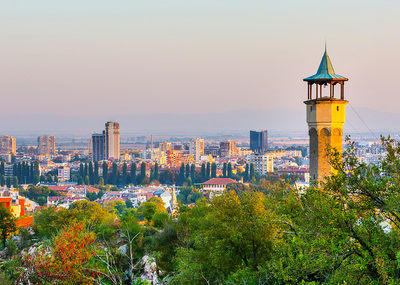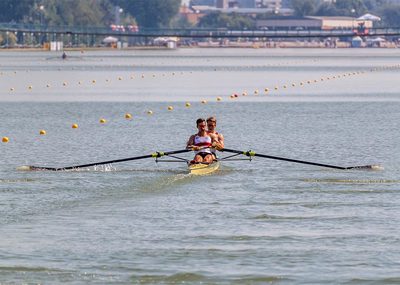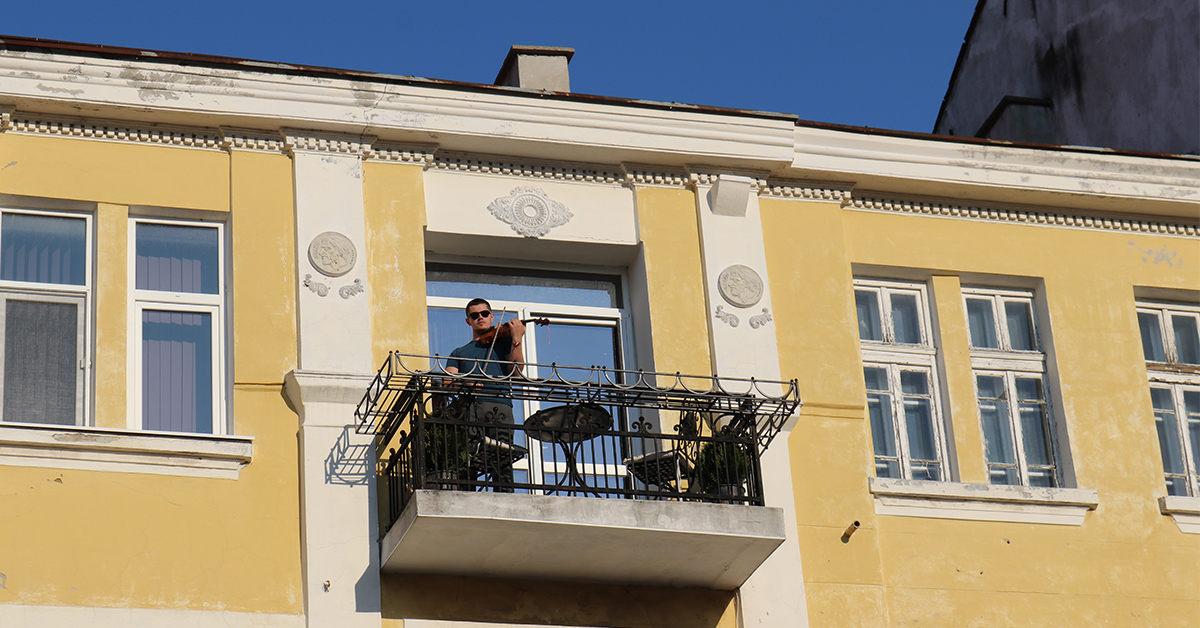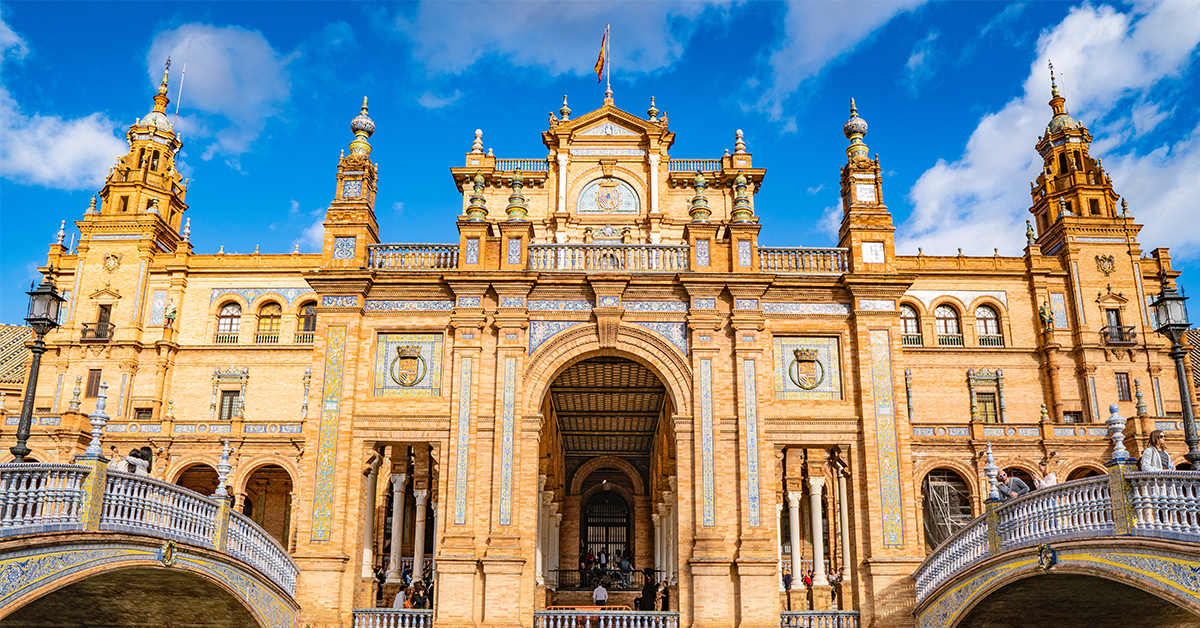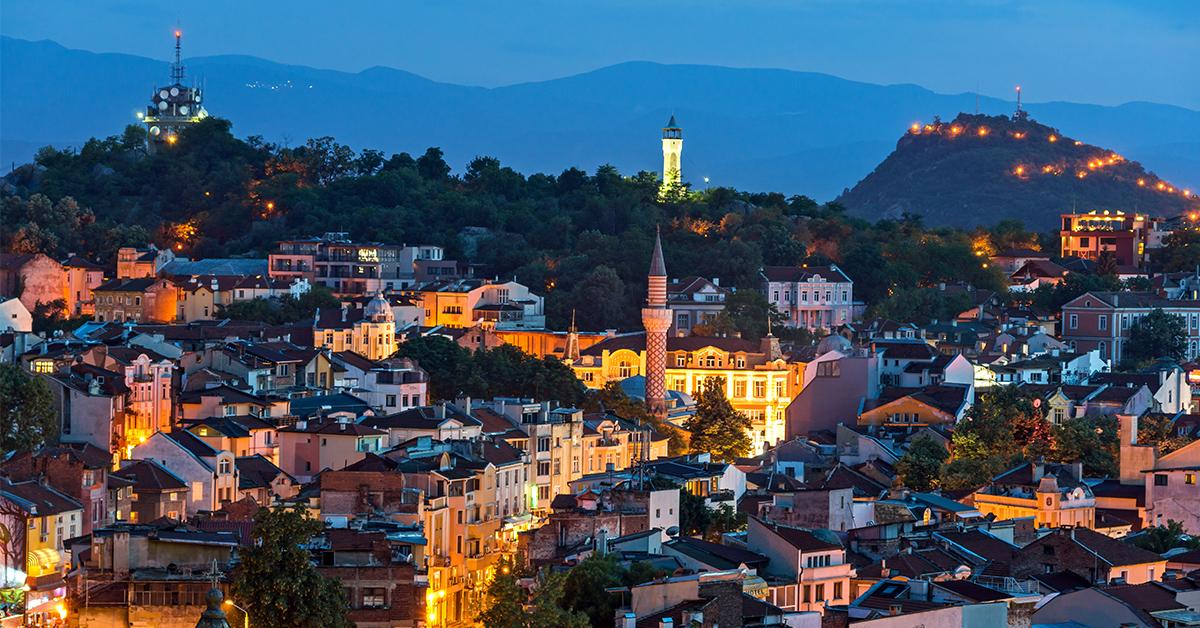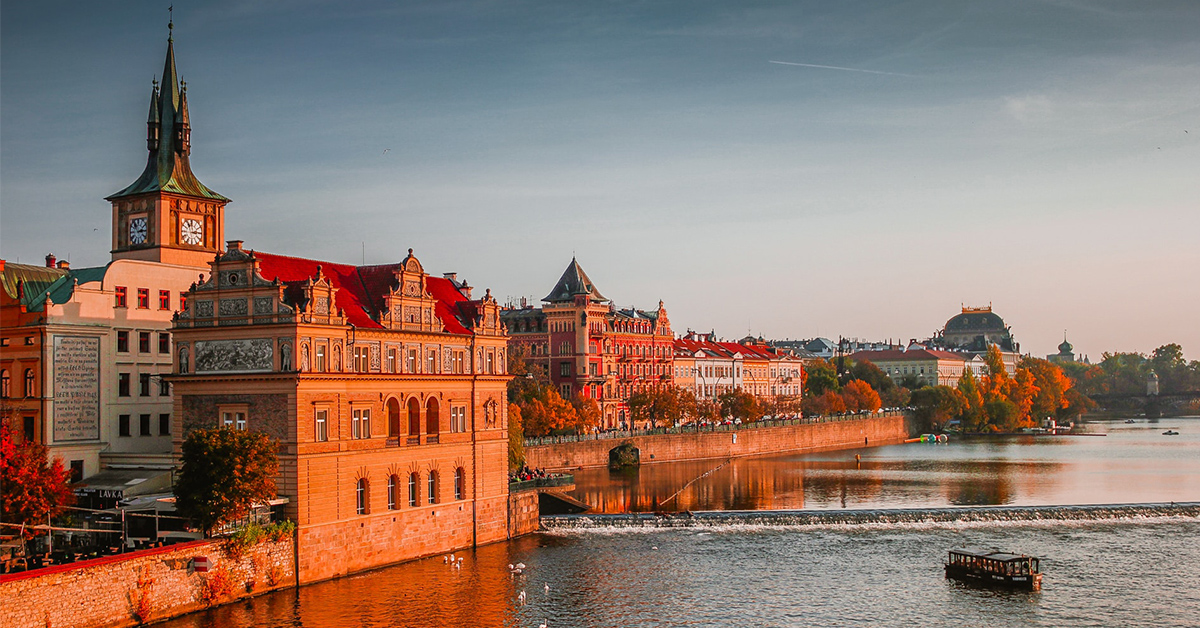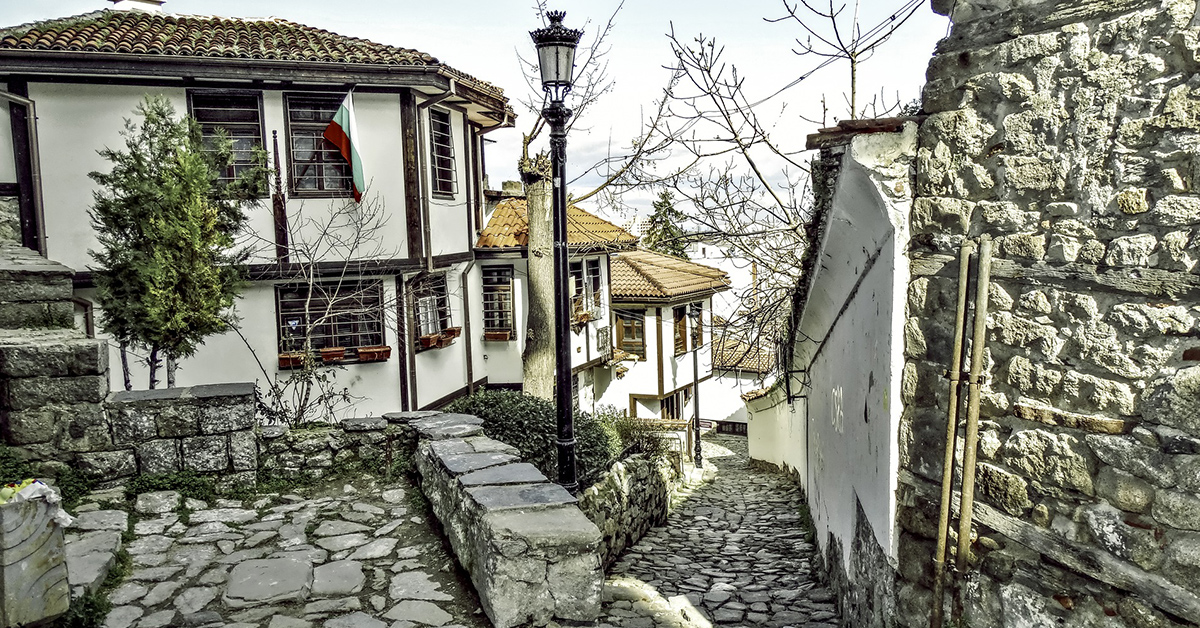10 Interesting Facts About Plovdiv
Plovdiv is the cultural heart of Bulgaria. Only here can you see ancient history, beauty, lively spirit, and modern culture all blend into one. A city as old as Plovdiv will have a lot of history and much to learn about. So here are 10 interesting facts about Plovdiv we bet you didn’t know!
1/ Plovdiv is the oldest continuously inhabited city in Europe and one of the oldest cities in the world
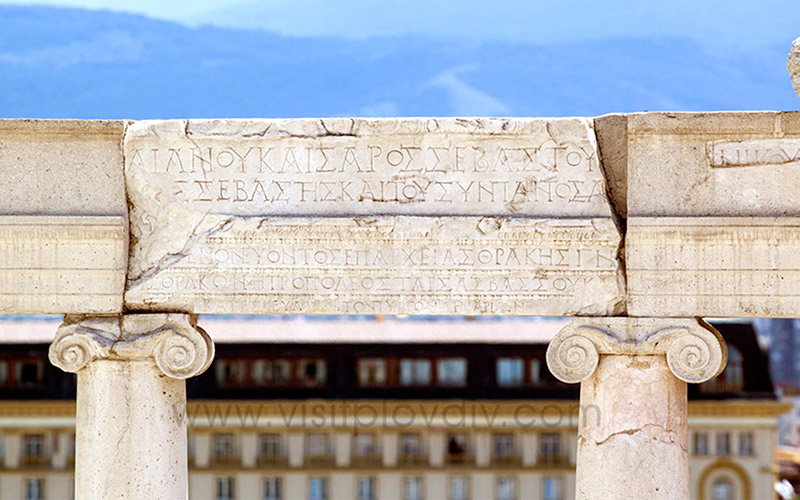
The Thracians established the town around the 6th century BC. Philip II of Macedonia conquered it around 342 BC and then he rebuilt the city. He expanded the existing fortification on Nebet Tepe. The Romans conquered Plovdiv around 72BC and the new Roman city became a very important Balkan possession -this is why there are so many Roman ruins in Plovdiv.
Roman influences
The Roman Empire expanded the fortress on top of Nebet Tepe, built new streets, a sewage system, aqueducts and one of the most important amphitheatres in the Roman Empire. They also built a stadium which had 3000 seats.
Travel back in time at these amazing locations!
2/ The Old Town of Plovdiv is a living museum


As you stroll around the Old Town of Plovdiv you almost feel as if you’re in a history book. You can see buildings and traces of almost every historical period!
The Historical Reserve of the Old Town really is one of a kind. You can walk through the cobblestone streets, past the old fortress gate Hisar Kapia (a structure that survived the Middle Ages). You can also see architectural masterpieces from the National Revival Period (18-19th century). The Ancient Roman Theatre was built more than 2000 years ago and it’s still being used today as a venue for concerts.
The National Revival Era
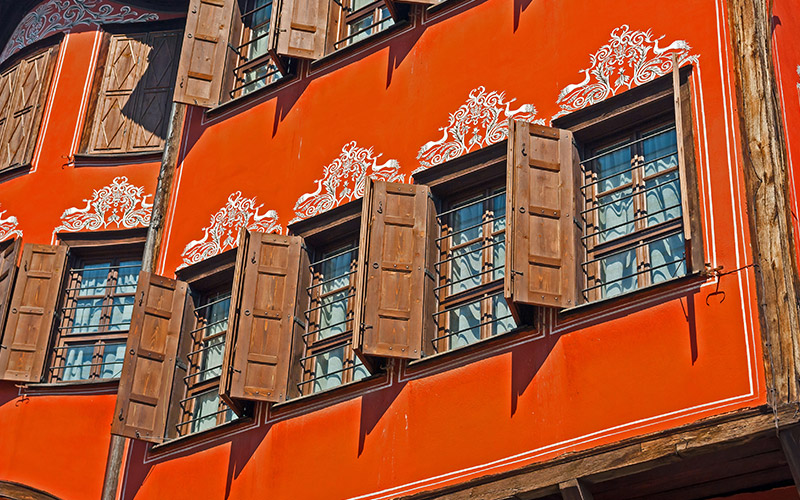

The houses from the National Revival Era are a symbol of the Old Town. Wealthy merchants that use to live there built them big like mansions. They used a lot of colour and decoration inspired by their travels around Europe. Two great examples of this type of iconic architecture are the Hindliyan and the Balabanov house.
Check them out!
3/ Plovdiv is called the city of Seven Hills
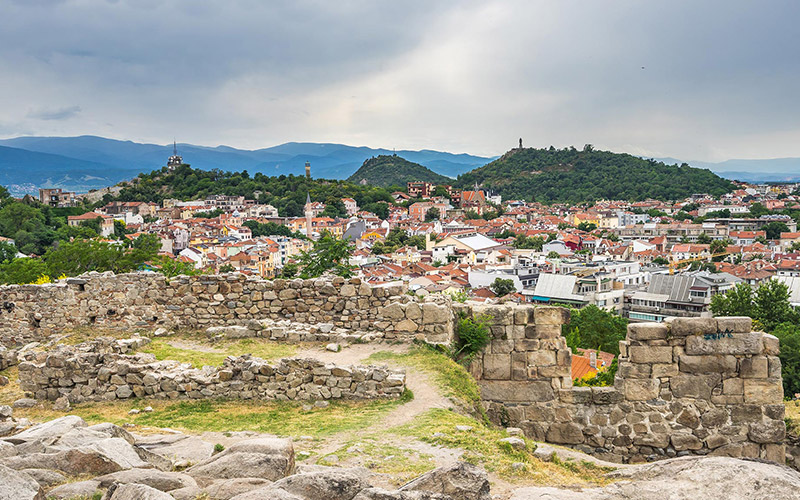

Nebet Tepe: A natural retreat from everyday life and the local’s favourite hill
Plovdiv was built on top of seven hills around the Maritsa River. The 7th hill – Markovo Hill was destroyed over a hundred years ago and used for raw building material. What makes these hills so special is the unique blend of ancient history and modern life coming together.
The locals often visit these places to relax and socialize with friends and family. They also like to spend time visiting historical landmarks and museums like the ones in the Old Town of Plovdiv. Nebet Tepe is one of the best places in town to watch a sunset and there are ruins from over 6000 years ago.
4/ There are traces of ancient civilizations everywhere
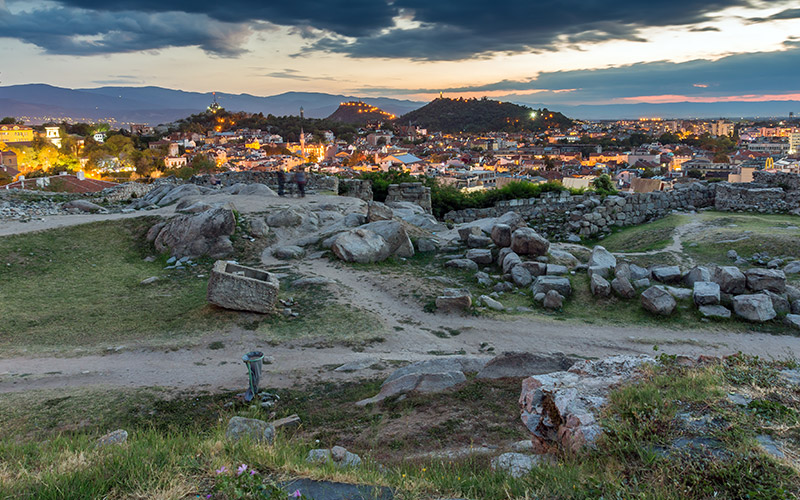

The city is a major cultural centre with many ancient remains everywhere. Many of the important historical landmarks and ruins are located in the Old Town and in the city centre. This is because those areas had the highest concentration of early settlements that continued to grow and expand with the years.
Here are a few historical sights that you can still visit today:
Nebet Tepe
You can still see traces and ruins from the eastern wall, ancient water reservoir, the postern and parts of a gate and western wall.
Ancient Roman Theatre
The Ancient Roman Theatre was built by the Romans more than 2000 years ago and it’s still in use today.
Hisar Kapia
Hisar Kapia dates back to the 11-13th century but its fundamentals are from Roman times. It was one of the gates to the ancient city of Philippopolis.
Roman Stadium
The Stadium of Trimontium is amongst the largest (best preserved) structures from the time of Ancient Rome on the Balkans.
Odeon
The Odeon of Philippopolis was the house of the city council of citizens of ancient Plovdiv. It was also used as a theatre.
Take an in-depth peek at some of these amazing places!
5/ The trendy district of Kapana used to be a popular craftsmen centre over 5 centuries ago
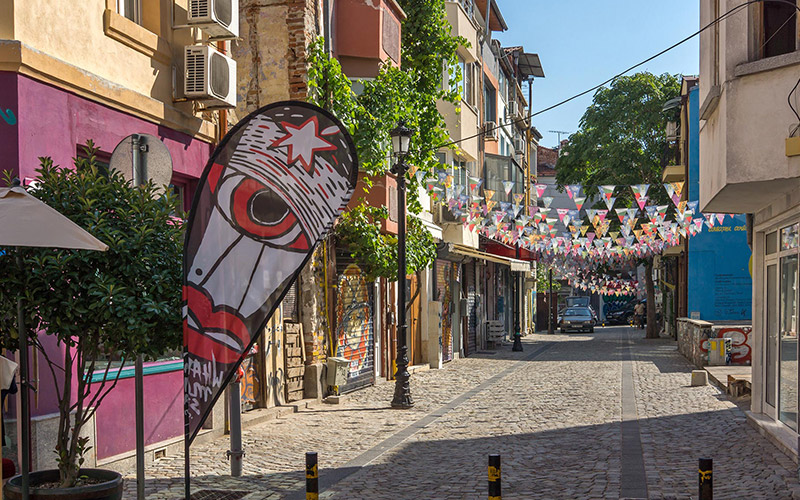

Around the time of the National Revival, the city thrived in the crafts and trade. Back then it was all about gold, iron, leather, and weaving. Now, contemporary creative entrepreneurs have transformed the little neighbourhood into the trendiest, art district in Plovdiv.
What does the Kapana look like now?
A lively place full of culture, nightlife, and local businesses. The once abandoned urban spaces in the neighbourhood are now full of young people socializing over drinks, good music, and a delicious meal. For a full day there, check out our guide to Kapana District >
6/ Plovdiv’s main shopping street is the longest pedestrian zone in Europe
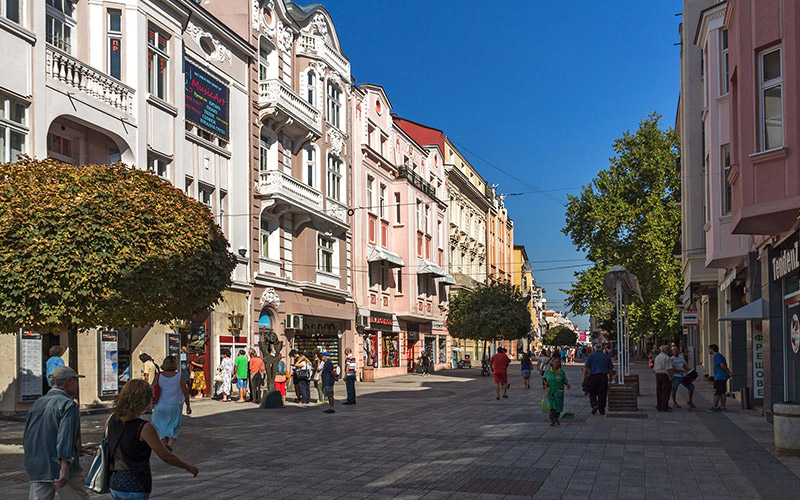

The street begins at the Trimontium Hotel which is just next to the Garden of Tsar Simeon and stretches down to the famous Roman Stadium and Dzhumaya Square. From there you can go further and cross the Maritsa river via the covered pedestrian bridge.
Along the main road, you will find many shops, cafes, restaurants and a beautiful garden with fountains.
The main shopping street is one of the most popular places in the city. It gets very busy during weekends. Locals come here to do some shopping, walk around with friends and family, sit at one of the outdoor cafes or enjoy a nice meal at a restaurant. You can access the Old Town from the main street and the Garden of Tsar Simeon, which is a nice place to relax and refresh.
7/ The region of Plovdiv is famous for its amazing wine production
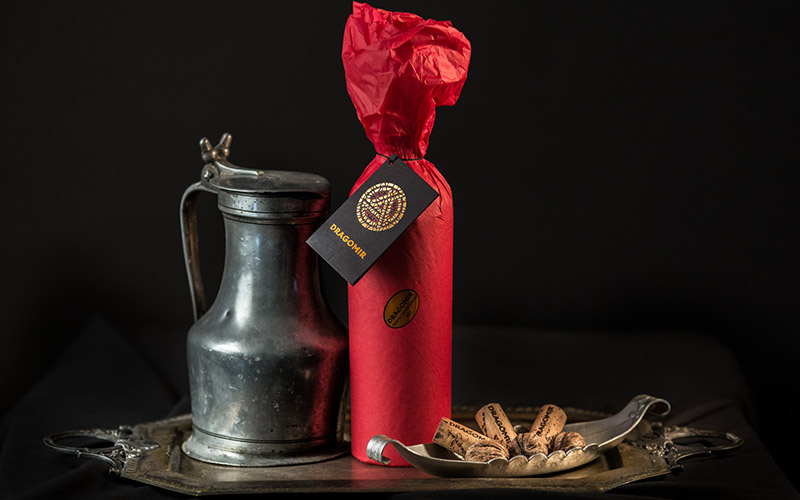

Dragomir Winery Estate, Plovdiv
Plovdiv is located in the Southern region which is an official winemaking district called ‘’The Thracian Valley’’
The region is famous for its red wine production and is home to the popular local grape – Mavrud. There are at least 20 boutique wineries around Plovdiv. Vino Culture Wine Bar is a great place in Plovdiv to go and try some local Bulgarian wines such as Mavrud and Rubin.
8/ The Rowing Channel in Plovdiv is the largest of its kind on the Balkans and the Plovdiv Stadium is the biggest in the country


The Rowing Base is a 2.2-kilometre long channel, 120 meters wide and 3 meters deep. Local sports clubs regularly use the base for practice and competitions. The area around the channel is a very popular spot in Plovdiv. Locals go there to take a walk with friends and family, have a coffee, socialize or to exercise.
The Plovdiv Stadium has 55 000 seating positions. For comparison, the National Stadium ‘’Vasil Levski’’ is the second largest sports facility and stands with a capacity of 43,230 seats.
9/ Plovdiv has one of the oldest clock towers in Europe
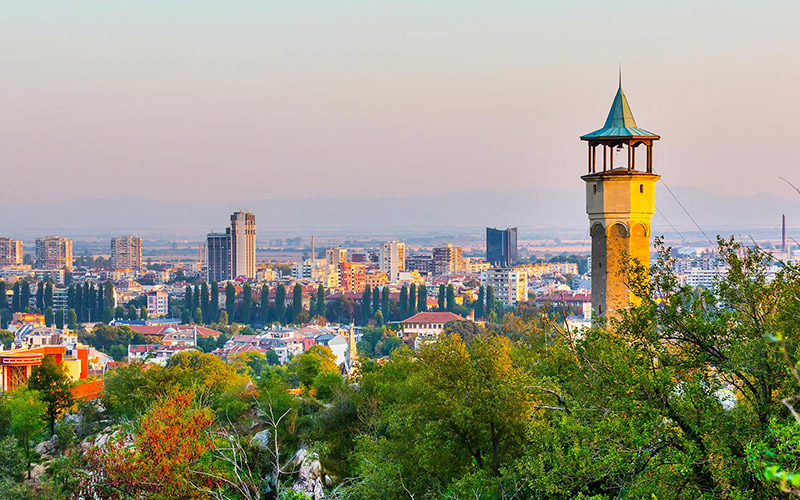

One of the oldest clock towers in Europe was built on top of Sahat Tepe in the 17th century. The Italian master of Genoa – Antonio Barbargella designed the mechanism of the clock back in 1610.
The Karnobat master of clocks – Dimitar Todorov created the current clock mechanism. It’s a unique reconstruction of the old one according to original drawings.
10/ Sports legends were born in Plovdiv
Stefka Kostadinova was born in 1965 in Plovdiv and is the current women’s world record holder in the high jump. Hristo Stoichkov is another legend that was born in Plovdiv and for his football efforts, he received the European Golden Shoe.
Want to know more about Kapana or who Milyo was and why does he have a statue on the central street – as well as many more additional facts? You can just drop by and join the Free Plovdiv Tour. It takes place every day!
Now that you’ve learned some really interesting facts about Plovdiv, it’s time to come and experience it for yourself. Ancient historical ruins at every corner, lively restaurants and nightlife, a trendy art district and many beautiful panoramic views from the town’s six hills. And that’s just some of it. There’s so much to see and do in Plovdiv and you will no doubt want to visit it again!

